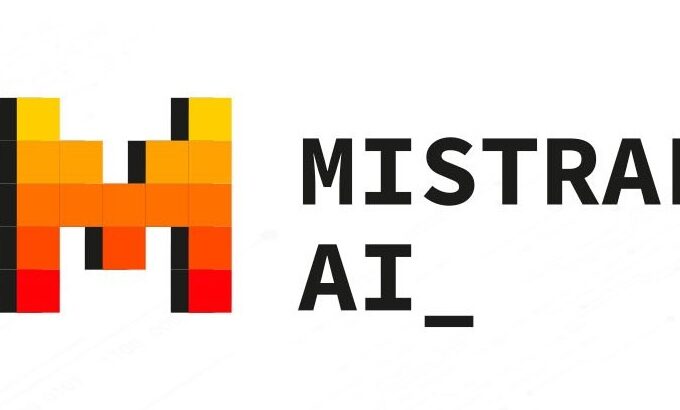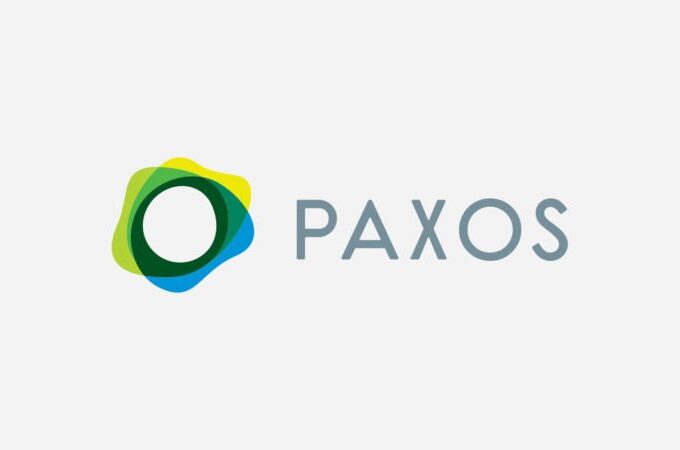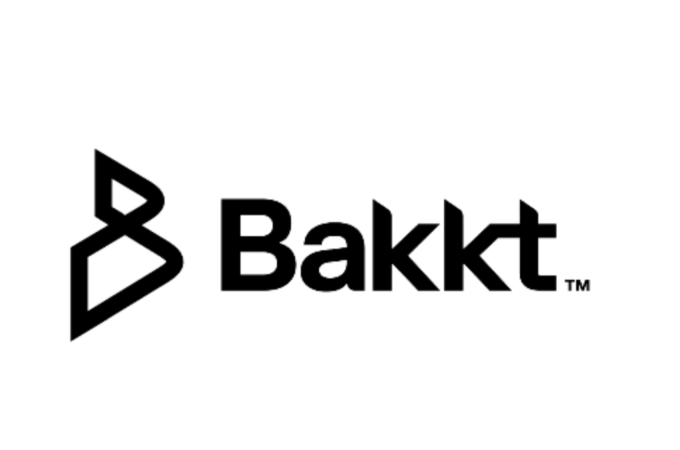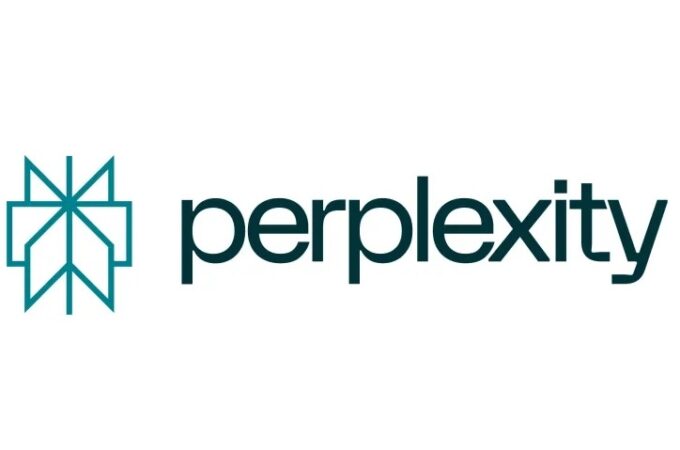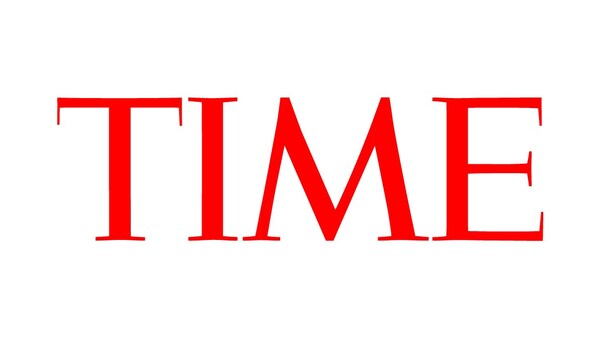
Time Magazine Inks Multi-Year Content Deal with OpenAI, Expanding AI’s Role in Journalism
Time Magazine and OpenAI have announced a strategic multi-year content partnership, marking a significant step in the integration of artificial intelligence with traditional journalism. This collaboration will grant OpenAI access to Time’s extensive archive of current and historical content spanning over a century, enhancing its AI products, including ChatGPT.
Under the agreement, OpenAI will be able to utilize Time’s trusted journalism to improve its AI models and responses to user queries. Importantly, when Time’s content is used in ChatGPT responses, it will be accompanied by proper citation and a link back to the original source on Time.com, ensuring transparency and supporting reputable journalism.
Mark Howard, Time’s Chief Operating Officer, emphasized the partnership’s alignment with the publication’s history of innovation, stating, “This partnership with OpenAI advances our mission to expand access to trusted information globally as we continue to embrace innovative new ways of bringing Time’s journalism to audiences globally.”
The deal is not one-sided; Time will gain access to OpenAI’s technology, enabling the development of new AI-powered products for its audience. Additionally, Time will have the opportunity to provide feedback and share practical applications to refine the delivery of journalism through ChatGPT and other OpenAI products.
This partnership joins a growing list of similar deals between OpenAI and major media outlets, including The Atlantic, Vox Media, and the Financial Times. However, it comes amidst ongoing legal challenges for OpenAI, with some publishers, like The New York Times, filing lawsuits over alleged copyright infringement related to AI training data.
The collaboration raises important questions about the future of journalism in the AI era. While it promises to expand the reach of quality journalism, concerns persist about the potential impact on traditional news consumption patterns and the financial models supporting journalism.

